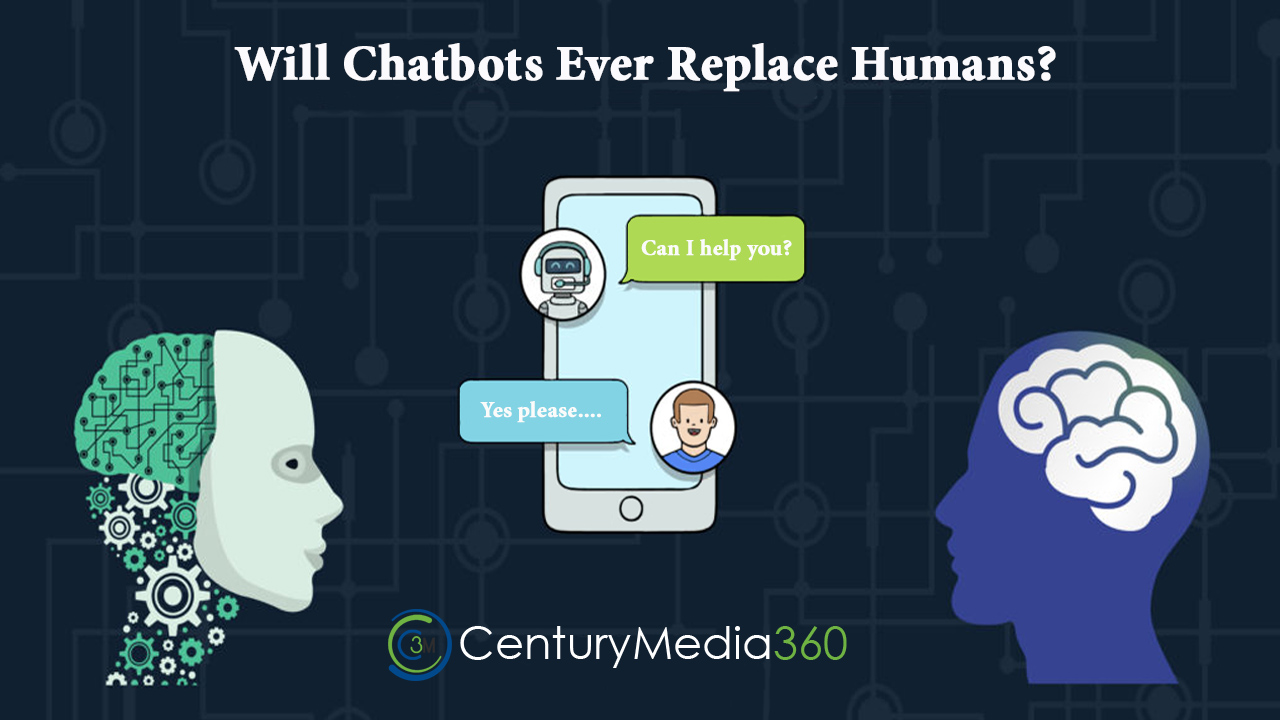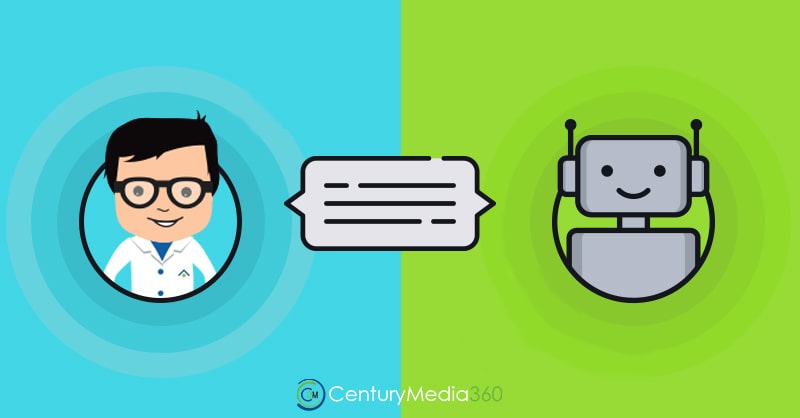Will Chatbots Ever Replace Humans?

Technology is transforming how businesses approach customer service and data collection. The use of chatbots, which is becoming more common among established and emerging businesses. It is now becoming more essential to their operations and day-to-day business, is one particular revolution. It can offer prompt, proactive client interaction any time of day. Chatbots are a useful tool for companies with little staff or funding to aid with customer support and feedback gathering.
Additionally, chatbots can enhance efficiency and processes in businesses by freeing up human agents. But to undertake more complex jobs that necessitate a personal touch that chatbots lack. This leaves the bots to assist in addressing straightforward, frequently repeated questions asked by clients.
However, will there ever be a chance that chatbots replace humans in the workplace? The short answer is no and here are the some reasons why.
Human Skills Remain Required along with Chatbots
Although chatbots can speed up procedures and make companies more effective. But they cannot completely replace people in the workplace because they are unable to handle all queries and tasks.
Chatbots may wind up making the situation worse and irritating the consumer in more complicated activities or circumstances involving numerous layers of decision-making and approvals. The opposite of this is a human chat agent, who can express emotions and sympathies with the consumer, making them better suit to handle such complex circumstances just by virtue of having the necessary human abilities and connections. Automation cannot fully replace people because they lack the empathy, compassion, and trust required for effective customer support. Simply put, chatbots are made to complement and simplify the activities performed by call agents. In the end, though, humans will still be required to supervise, keep an eye on. And replace AI if they are unable to satisfy customers’ expectations. Businesses that can combine human and artificial intelligence skills in the best possible way and use them to their full potential will succeed.

Isn’t it too early to say that Chatbots is a replacement?
When renown scientist Alan Turing initially develop a computer programme that appear to able to converse with a group of people, chatbots were form in 1966. Since that time, technology has advanced, and it can now recognize written and vocal cues and respond appropriately. It is still too early to say if chatbots will ever completely replace humans, despite the fact that chatbot technology has advanced to allow for the creation of new functions and the ability for chatbots to carry out more difficult jobs.
This is because, despite chatbots’ computational intelligence and speedy problem-solving abilities, they lack the emotional intelligence and adaptability necessary to communicate with actual people.
Let’s Wrap It Up
Having said that, some chatbots contain a function known as sentiment analysis. With the help of this programming, the chatbot is able to examine the discussion for hints hidden in the sentences or verbal responses. They can help assess whether an enquiry could need human intervention, despite the fact that they are still not very good at picking up on subtle cues. Artificial intelligence, machine learning, and natural language processing will all continue to advance and grow more complex in chatbot technology. Despite this, chatbots will still used to complement human labor. Also they are still a long way from being able to completely replace it.






